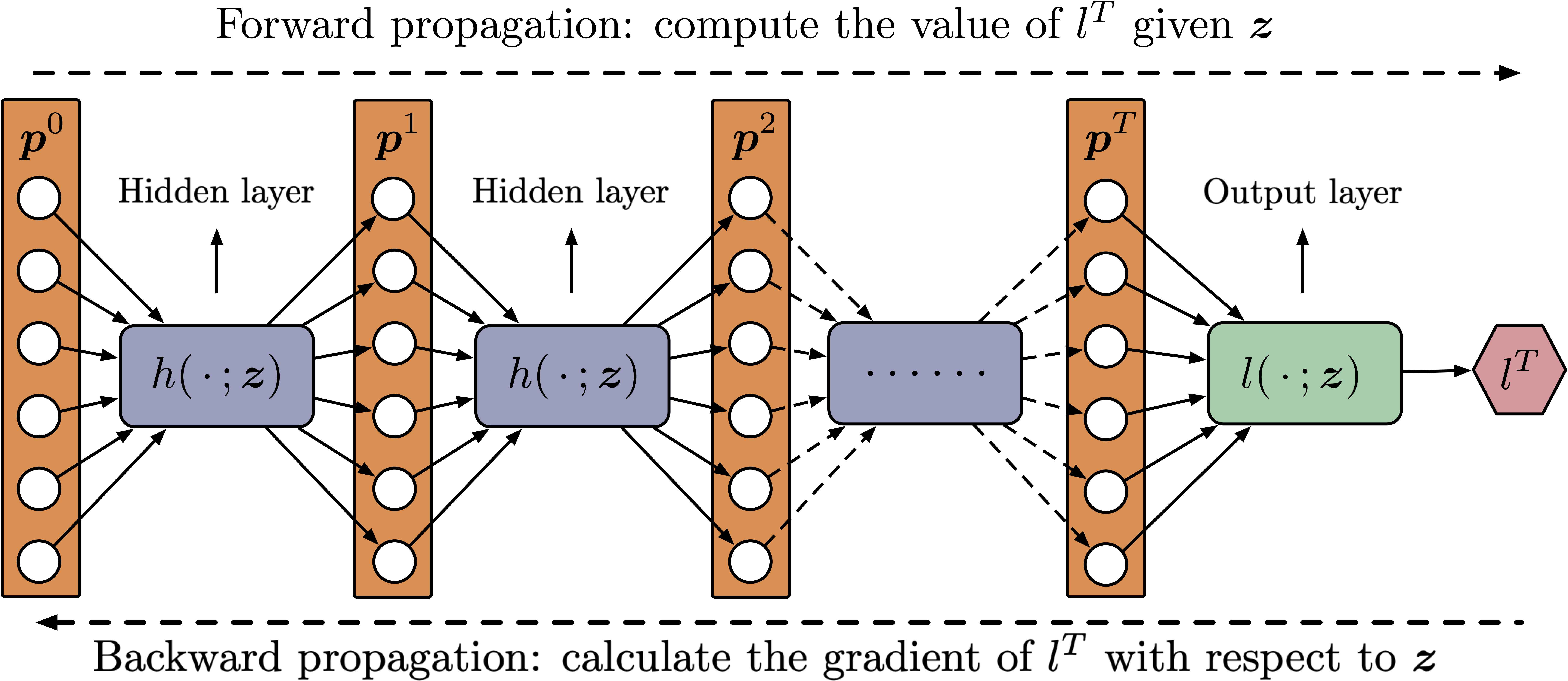Differentiable Bilevel Programming for Stackelberg Congestion Games
In a Stackelberg congestion game (SCG), a leader aims to maximize their own gain by anticipating and manipulating the equilibrium state at which the followers settle by playing a congestion game. Often formulated as bilevel programs, large-scale SCGs are well known for their intractability and complexity. Here, we attempt to tackle this computational challenge by marrying traditional methodologies with the latest differentiable programming techniques in machine learning. The core idea centers on replacing the lower-level equilibrium problem with a smooth evolution trajectory defined by the imitative logit dynamic (ILD), which we prove converges to the equilibrium of the congestion game under mild conditions. Building upon this theoretical foundation, we propose two new local search algorithms for SCGs. The first is a gradient descent algorithm that obtains the derivatives by unrolling ILD via differentiable programming. Thanks to the smoothness of ILD, the algorithm promises both efficiency and scalability. The second algorithm adds a heuristic twist by cutting short the followers' evolution trajectory. Behaviorally, this means that, instead of anticipating the followers' best response at equilibrium, the leader seeks to approximate that response by only looking ahead a limited number of steps. Our numerical experiments are carried out over various instances of classic SCG applications, ranging from toy benchmarks to large-scale real-world examples. The results show the proposed algorithms are reliable and scalable local solvers that deliver high-quality solutions with greater regularity and significantly less computational effort compared to the many incumbents included in our study.
PDF Abstract
